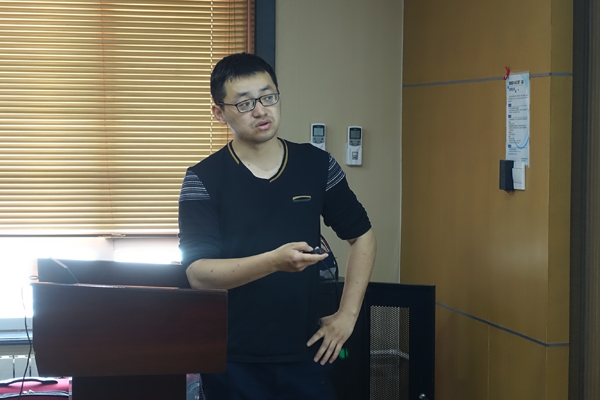
2014-2016厄尔尼诺事件机制分析
连涛 博士
国家海洋局第二海洋研究所
2017年4月17日(星期一)9:30
科研楼303会议室
报告会主持人:段晚锁 研究员
【报告简介】
The 2015/2016 El Ni?o was one of the strongest El Ni?o events in history, and this strong event was preceded by a weak El Ni?o in 2014. This study systematically analyzed the dynamical processes responsible for the genesis of these events. It was found that the weak 2014 El Ni?o had two warming phases, the spring-summer warming was produced by zonal advection and downwelling Kelvin waves driven by westerly wind bursts (WWBs), and the autumn-winter warming was produced by meridional advection, surface heating as well as downwelling Kelvin waves. The 2015/2016 extreme El Ni?o, on the other hand, was primarily a result of sustained zonal advection and downwelling Kelvin waves driven by a series of WWBs, with enhancement from the Bjerknes positive feedback. The vast difference between these two El Ni?o events mainly came from the different amount of WWBs in 2014 and 2015. As compared to the 1982/1983 and 1997/1998 extreme El Ni?o events, the 2015/2016 El Ni?o exhibited some distinctive characteristics in its genesis and spatial pattern. We need to include the effects of WWBs to the theoretical framework of El Ni?o to explain these characteristics, and to improve our understanding and prediction of El Ni?o.